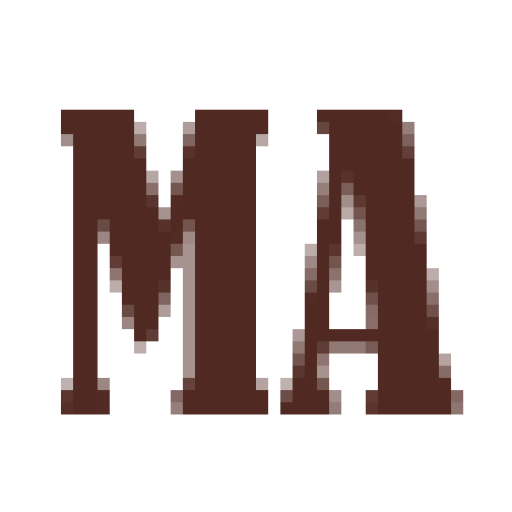In 1972, and again in 1974, the police attempted unsuccessfully to close exhibitions of Mark Prent’s art at Toronto’s Isaacs Gallery. The art dealer, Avrom Isaacs, was charged with “knowingly exhibiting to public view, a disgusting object” under the auspices of an obscure 19th Century Canadian law originally intended to shutter circus sideshows. The Edmund Burke Society, a right wing Canadian populist organization similar to The John Birch Society in the United States, instigated these attempts at censorship. The actions generated a great deal of publicity, but ultimately came to naught. Still, they raised significant issues concerning freedom of expression and resulted in much debate about changes to existing law. Prent’s case became a cause célèbre inspiring Joseph Green, the director of York University’s theatre and art program, to restage Prent’s 1974 exhibition at the University’s Fine Arts building which became a backdrop for a conference on censorship in the arts, with Edward Keinholz as the keynote speaker. The following year, on Kienholz’s recommendation, Prent received a DAAD grant, and spent the next two years living and working in Berlin.
In 1987, Louise Dompierre, the chief curator of Toronto’s premier alternative art venue, The Power Plant, asked filmmaker David Cronenberg and Mark Pent to show together. The two gladly agreed and Prent/Cronenberg: Crimes Against Nature was the result. In a 2014 interview for Film Comment (published by the Film Society of Lincoln Center) the Canadian actor and painter (and star of Cronenberg’s 1981 film Scanners) Stephen Lack made “a special shout-out to the artist Mark Prent whose sculptures inspired David, I am sure.” Then, in Through the Eye, an exhibtion Cronenberg curated in 2013 for Toronto’s Museum of Contemprary Art, the director included Prent’s work along with that of Louise Bourgeois, William S. Burroughs, Alex Colville and Andy Warhol.
Mark Prent’s sculpture and environmental installations have always garnered attention. The artist’s extreme and unapologetic work calls out the cruelty and horror that life lived often engenders.
Prent “approaches his work with the perspective of environmental and social justice”, recognizing that art is one place for these things to be played out: targeting them and safely, hopefully, identifying and extracting them from life lived.
Mark Prent was born in Lodz, Poland in 1947 and having had many of his family killed in concentration camps during the war, immigrated to Canada with his parents the following year. Prent showed at the Isaacs Gallery in Toronto (eight shows between 1972 and the gallery’s closing, on Isaacs retirement, in 1990) and at the Warren Benedict Gallery in New York in 1972. In the mid to late 1970s, while living in Germany, the artist had shows at the Akademie der Kunst, Berlin and Kunsthalle Nuremberg, as well as the Stedlijk Museum in Amsterdam. Prent has also shown at the Musée d’art Contemporain, Montreal. Prent currently lives and works in St Albans, Vermont and is a technical instructor in molding and casting at Concordia University in Montreal. In addition to his own art, Mark Prent has done fabrication for many well-known artists. His work is in the collections of The National Gallery of Art, Ottawa, the Art Gallery of Ontario, Toronto, Musee d’Art Contemporain, Montreal, Musée du Quebec, Quebec City, among others.
